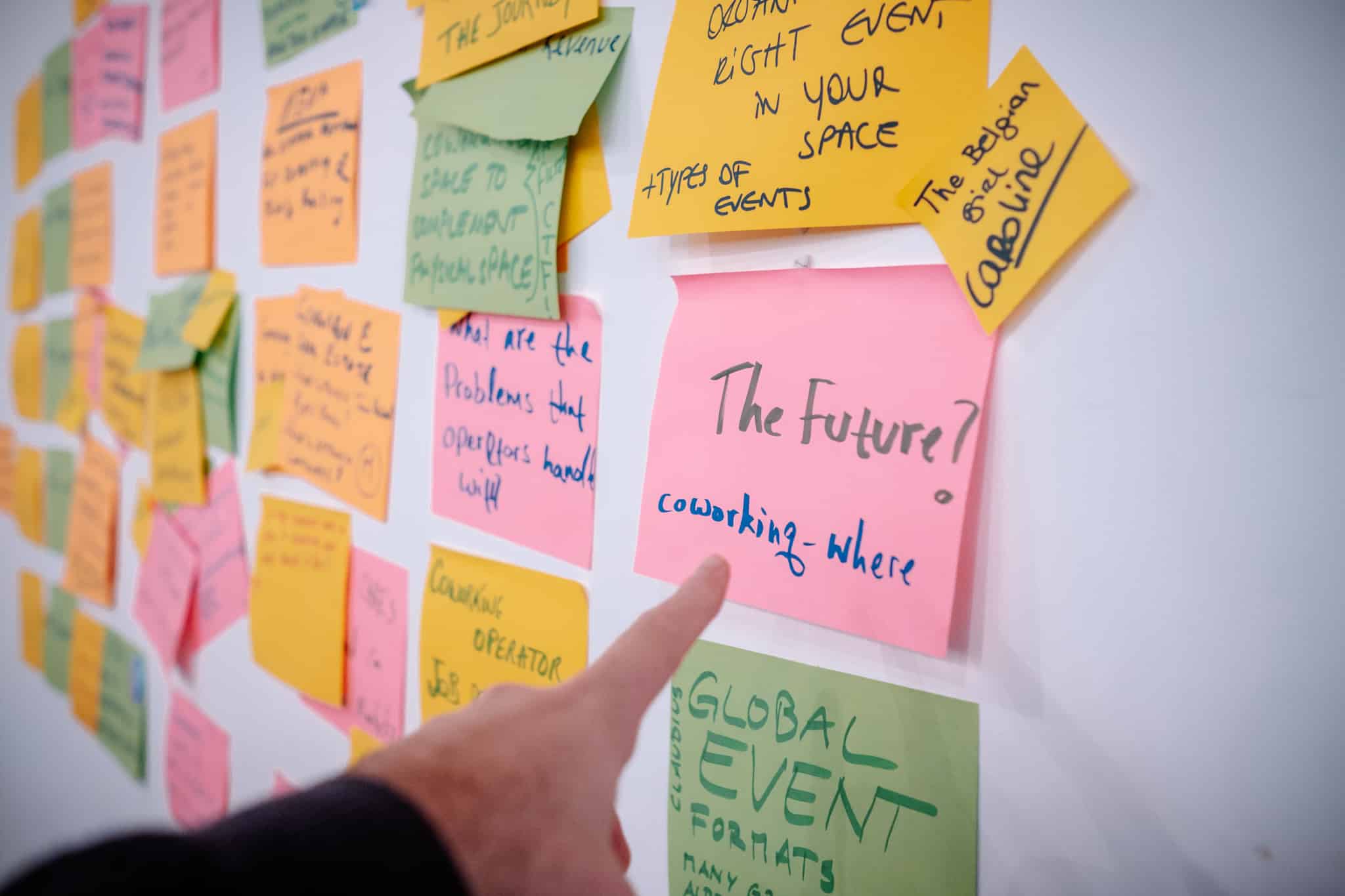
Earlier this year, I was asked to write a short piece for Construction Manager magazine about the top 10 technology trends in construction (see blog post). Several of the trends I wrote about will have a much wider influence that many people think, particularly given the importance of the construction industry to the economy as a whole.
Take Building Information Modelling (BIM) for instance. It may not surprise you to know that the UK construction industry hasn’t yet widely embraced three-dimensional design – most information is still produced as 2D drawings supported by a whole host of related written information in various other formats. And yet, to improve the productivity and value-for-money of the UK construction sector, the government’s chief construction advisor Paul Morrell is planning to mandate the industry to use BIM on a significant proportion of public sector projects. Given that the public sector accounts for around 40% of the industry’s turnover, this is going to demand some major changes in the culture, structure and habits of the industry as a whole.
If, after the recent Comprehensive Spending Review, cash is king, then carbon is queen. This is certainly the view of Paul Morrell, and as the UK economy strives to meet its carbon reduction commitments (a 30% cut by 2020), the UK construction industry is going to have to play its part. BIM will help architects, engineers and contractors to evaluate the energy efficiency of new buildings, to develop more efficient construction processes involving less waste and better use of more sustainable materials, and to look at the life-time costs not just of delivering a building, but of owning, operating and maintaining it over the years ahead. Construction people will have a critical role to play in delivering a low carbon economy, not just in new buildings, but in retro-fitting existing buildings; after all, around 80% of the homes we will have in 2050 are already built, and we currently spend over £23 billion a year on home repair, maintenance and improvement.
With the built environment responsible for 27% of carbon emissions in the UK, it is vital that we play a part in planning, designing, operating, maintaining and understanding the assets around us. Sustainable construction is not just about saving the planet, it’s also about delivering a better economic and social environment – and none of these can be looked at in isolation. We will also have some increasingly powerful tools and technologies to help us develop a more sustainable future. Consultative planning processes using Web 2.0 tools and techniques are being used to help ensure residents have a say in the future of the places they live; augmented reality applications can help people understand more about the world around them (how much energy that building is using; how much it would cost to rent that office block; who designed that bridge, etc), and the power of IT is increasingly being harnessed to reduce (or even eradicate) the need to travel to work, promoting collaboration between remotely located colleagues by web-conferencing, video-sharing, virtual worlds, etc.
pwcom 2.0
SME 2.0 is a TAGtribe member event.
Non members can book for this months Late Late Breakfast Show here to ‘try on’ the TAGtribe experience.

